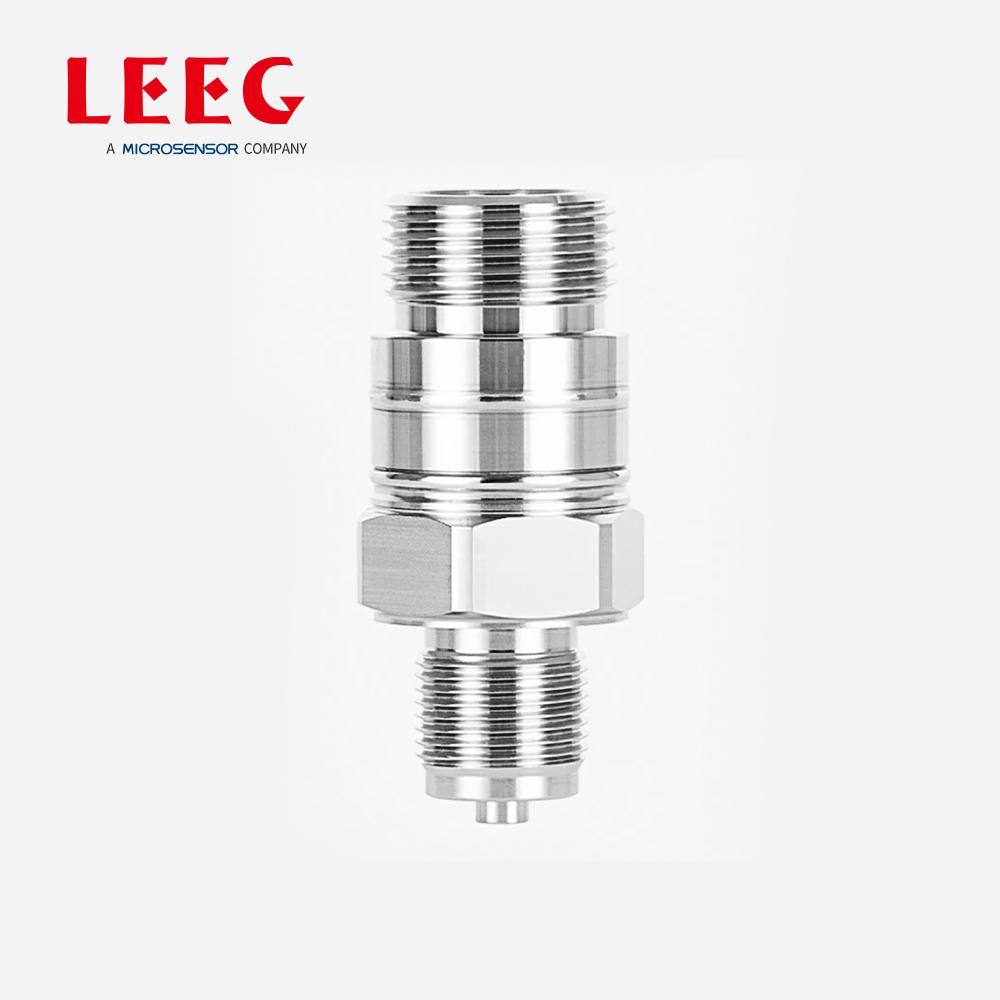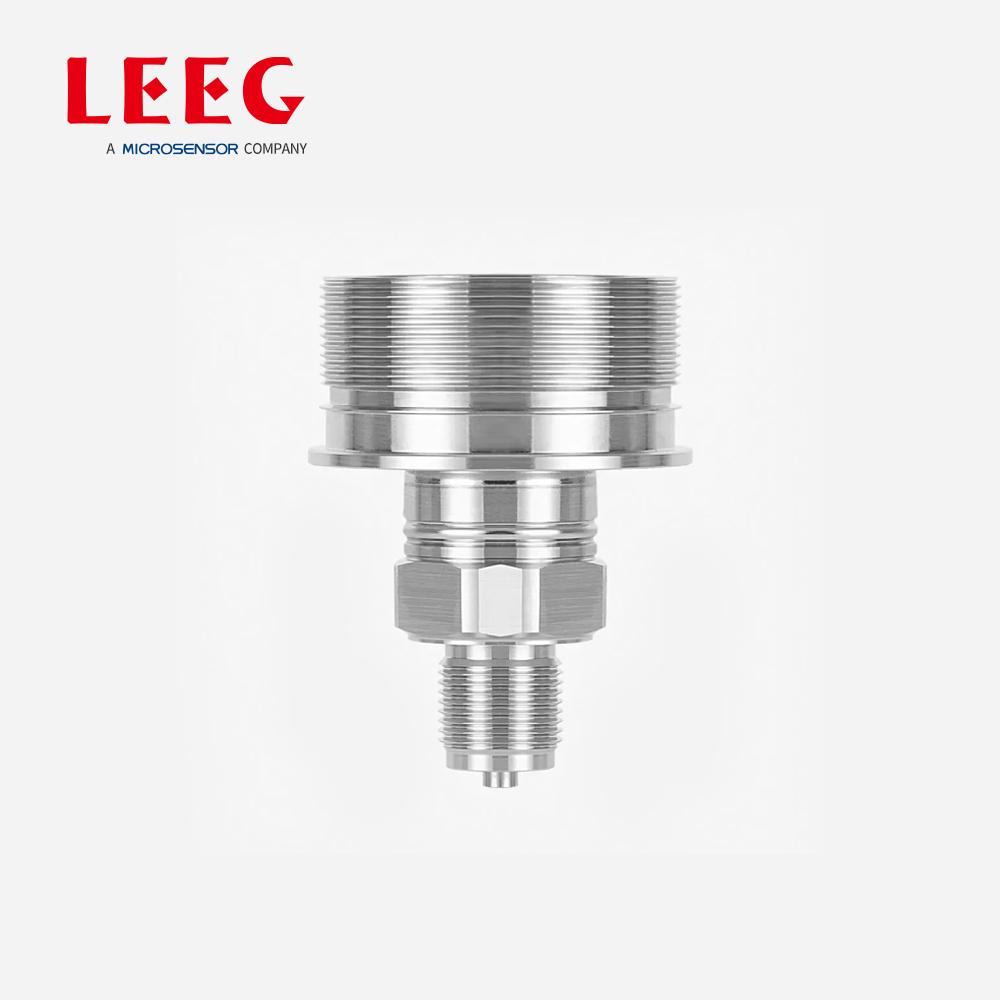Flush Diaphragm Pressure Sensor
M20x1.5, R1/2, G1/2
0bar~1bar...35bar
Flush Diaphragm
New Product Change Notice (PCN) effective Jan 1, 2025. MICROSENSOR appreciate your understanding.
SP26
Used For
Industrial Process Control, Hydraulic Systems, Refrigeration Equipment and Air Conditioning Systems, Aviation and Navigation Testing, Petroleum, Chemical, Electric Power
Leave a MessageLEEG, a subsidiary of MICROSENSOR, is a leading manufacturer of hygienic transmitters in China's food and pharmaceutical industries. The SP26 Monosilicon pressure sensor uses a highly stable silicon chip packaged in a 316L stainless steel substrate, the applied pressure is transmitted to the silicon chip through the stainless steel diaphragm and the internally sealed silicone oil, the silicon chip does not directly contact the measured medium. It’s an isolated structure, suitable for thousands of liquid media. It meets the requirements of explosion-proof, and the side exhaust of the gauge pressure product meets the needs of high-precision measurement. Discover more pressure sensor models and types of Micro Sensor.
Features
• High stability mono-silicon sensor die
• Voltage excitation
• Isolated explosion-proof structure, suitable for various media
• All stainless steel material and welded
• Hastelloy C, SS316L diaphragm material
• Built-in temperature sensor
Electrical Performance
• Power supply: 2.5-12VDC
• Electrical connection: 110mm silicone rubber soft wire
• Common mode voltage output: 50% of input (typical)
• Bridge resistance: 6kΩ±0.5kΩ
• Response time (10%-90%) : <2ms
• Insulation resistance: >100MΩ@500V DC
• Insulation strength: <5mA/500V AC
Image:
LEEG, a subsidiary of MICROSENSOR, is a leading manufacturer of hygienic transmitters in China's food and pharmaceutical industries. The SP26 Monosilicon pressure sensor uses a highly stable silicon chip packaged in a 316L stainless steel substrate, the applied pressure is transmitted to the silicon chip through the stainless steel diaphragm and the internally sealed silicone oil, the silicon chip does not directly contact the measured medium. It’s an isolated structure, suitable for thousands of liquid media. It meets the requirements of explosion-proof, and the side exhaust of the gauge pressure product meets the needs of high-precision measurement. Discover more pressure sensor models and types of Micro Sensor.
Features
• High stability mono-silicon sensor die
• Voltage excitation
• Isolated explosion-proof structure, suitable for various media
• All stainless steel material and welded
• Hastelloy C, SS316L diaphragm material
• Built-in temperature sensor
Electrical Performance
• Power supply: 2.5-12VDC
• Electrical connection: 110mm silicone rubber soft wire
• Common mode voltage output: 50% of input (typical)
• Bridge resistance: 6kΩ±0.5kΩ
• Response time (10%-90%) : <2ms
• Insulation resistance: >100MΩ@500V DC
• Insulation strength: <5mA/500V AC
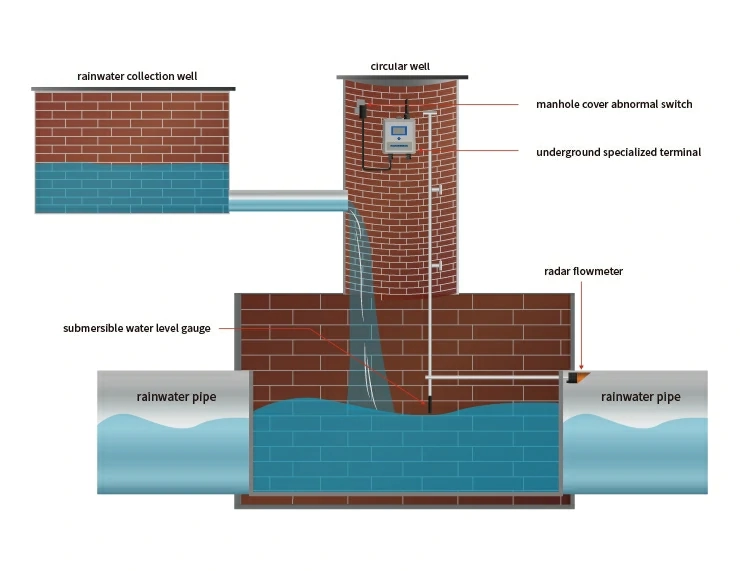
Sump wells are important facilities for convenient daily inspection, prevention, and dredging of drainage pipe blockages. By deploying monitoring instruments at the bottom of the well, a comparison of drainage volume and rainfall is made, allowing for the prediction of flooding points and drainage times under real-time changing drainage conditions. When the water level data exceeds the preset warning value, a timely alarm is given, effectively preventing urban flooding.
more info...
Gas skid equipment is a critical component in gas distribution systems. Equipped pressure and temperature transmitters can monitor parameters in real time. Then, the data is transmitted remotely to a central control room. The engineer or operator detects abnormal situations in time. It ensures the normal operation of the equipment and system.
more info...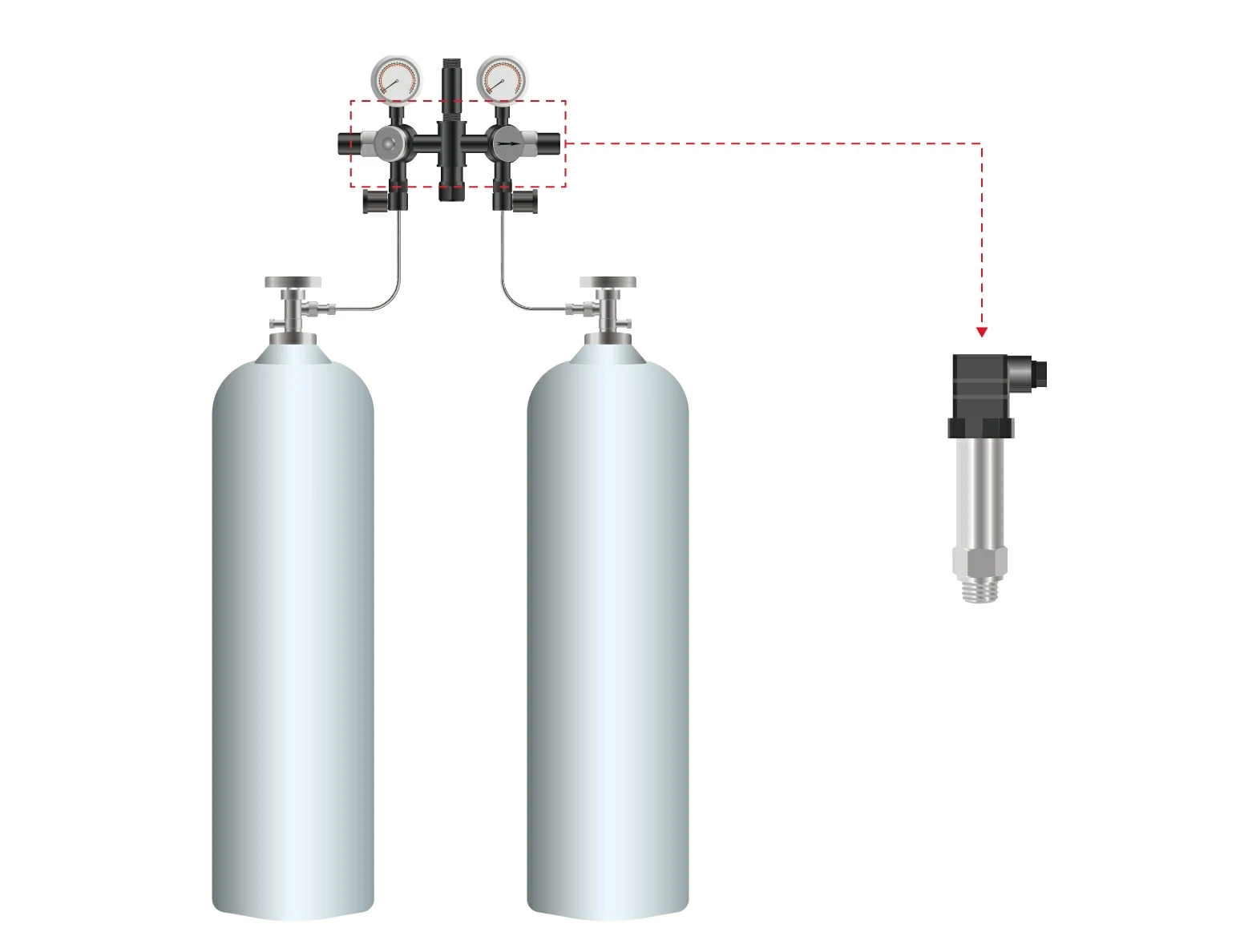
Pressure Transmitters are needed to monitor the pressure in the gas supply pipeline of the compressed gas cylinder to ensure safety.
more info...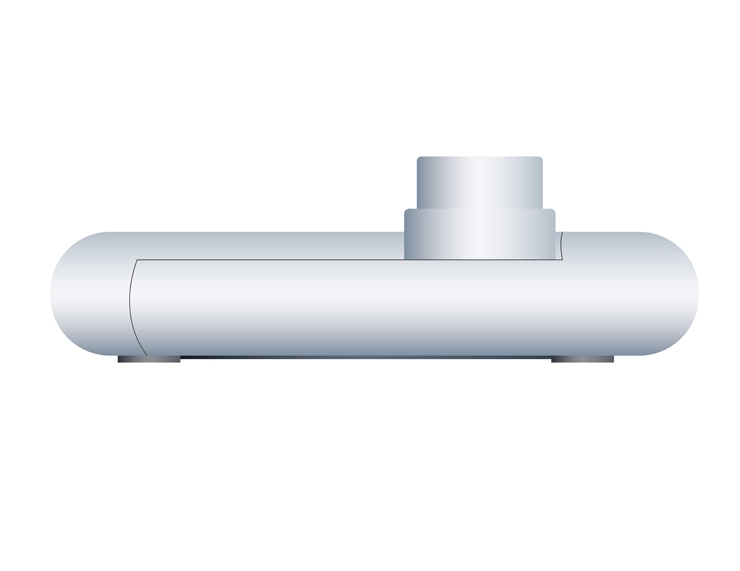
Pressure transmitters, level transmitters, and mass flow meters are installed in fuel tanks to provide real-time monitoring of fuel levels and pressure. Users can track current location and fuel consumption, access historical vessel data, calculate voyage distance and total fuel usage, and analyze operational efficiency.
more info...